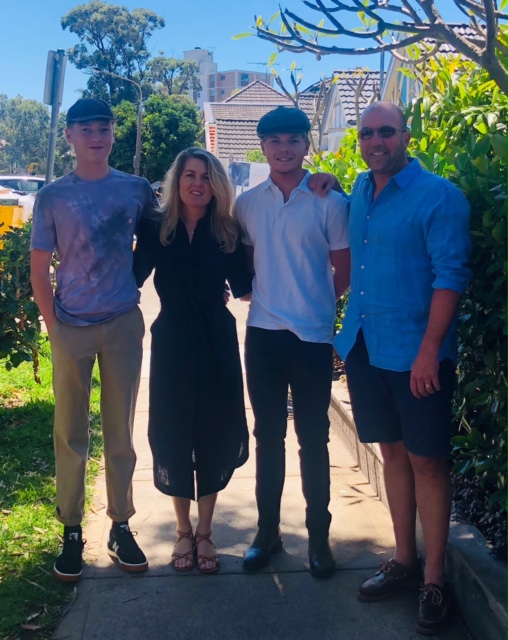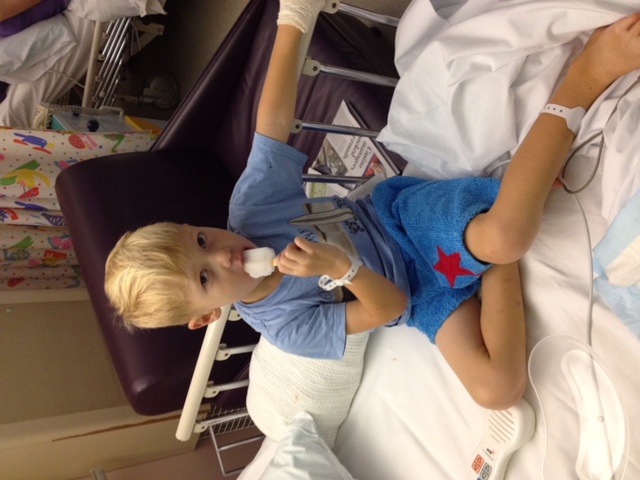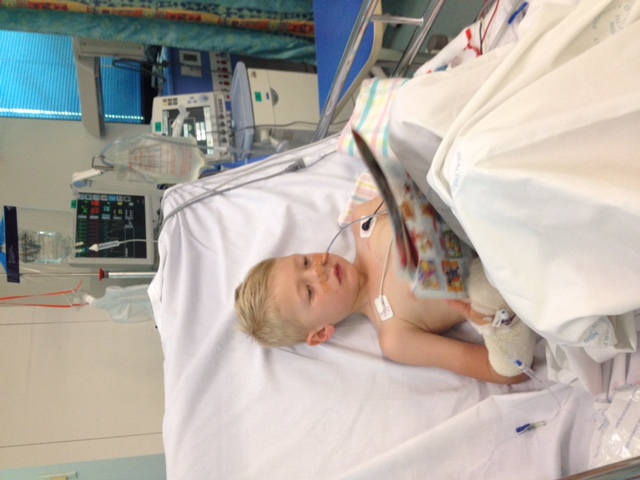Researchers uncover how gene that increases risk of genetic heart disease works, paving way for new treatments

Researchers have discovered how a gene that increases the risk of developing genetic heart disease functions, paving the way for new treatments.
The study, led by Murdoch Children’s Research Institute and published in Nature Cardiovascular Research, has revealed a new pathway for how children and adults develop cardiomyopathy, a group of diseases that affect the heart’s ability to pump blood around the body.
Heart disease is the leading cause of death worldwide. Patients with cardiomyopathy, a form of heart disease affecting about 30 million people, are at greater risk of heart failure and death and treatment options are limited.
Dr James McNamara said the disease was often caused by genetic mutations that impacted heart muscle function. The gene, ALPK3 that controls the heart’s capacity to beat normally had been shown to increase cardiomyopathy risk when mutated, he said.
“Mutations in this gene can cause very severe and sometimes fatal cardiomyopathy in children,” he said. But it has been unknown what ALPK3 does in the heart and how its mutation causes disease.
“Our research is the first to show how ALPK3 directly controls the function of contractile proteins in the heart that drive normal pumping. We found that ALPK3 links these contractile proteins to quality control systems and that its mutation hinders this link, causing a build-up of damaged proteins. This impairs the heart’s ability to pump blood to the rest of the body, causing breathlessness, swollen legs and feet and extreme fatigue and if left untreated can lead to heart failure.”
The research used a combination of genetically engineered human stem cell models and mice to uncover the function of ALPK3 in the heart and to understand how it causes disease when mutated.
Murdoch Children’s Associate Professor David Elliott said the findings could lead to new drug discoveries to treat cardiomyopathy.
“With limited treatment options for patients, new targeted therapies are desperately needed,” he said. "But armed with a greater understanding of how this gene works and by engineering stem cells in the lab to model genetic cardiomyopathy we can screen for new drugs and identify disease mechanisms. This could lead to new targeted treatments that restore heart function.”
Nicala Pearce’s son William (pictured with family below), 16, was diagnosed as a newborn with hypertrophic cardiomyopathy, which caused him to frequently have cardiac arrests. Due to the condition, William was dependent on having those around him who knew CPR.
Nicala said with his cardiac episodes occurring every few months the family always had to brace themselves for the prospect he wouldn’t make it home one day. The constant dread began when William was just four and went into cardiac arrest at home.
“William was doing ok until he turned four and he had his first cardiac arrest,” Nicala said. "I found him collapsed on the bedroom floor, unresponsive and I had to do CPR while my other son called for help. Once we arrived at the hospital he was put in a week long coma and after weeks of treatment he was able to come home.”
Following the attack, William had to be implanted with a defibrillator to monitor and shock his heart if he went into cardiac arrest. A device he would have for the next eight years.
Nicala said due to his condition William couldn’t play sport or do any form of exercise.
“He wasn’t allowed to run or jump, couldn’t walk upstairs and lived a very sedentary life,” she said. It was like living with an invisible disability.”
But everything changed when William received a heart transplant four years ago.
“William is finally living and enjoying life,” Nicala said. He is playing footy, learning how to surf and going to the gym. He is embracing life to the full.”
Nicala said the new research by Murdoch Children’s would come as a huge relief to other families affected by the heart condition.
“With the condition there are limits to what doctors can do,” she said. "As a mum you are always trying to find the answers to make things better but there was nothing we could do for William. This research will give so many families hope for the first time that new treatments could finally be discovered.”
Researchers from The Royal Children's Hospital, the University of Melbourne, The University of Sydney, Monash University, University College London, St. Bartholomew’s Hospital and QIMR Berghofer Medical Research Institute also contributed to the findings.
Publication: James W. McNamara, Benjamin L. Parker, Holly K. Voges, Neda R. Mehdiabadi, Francesca Bolk, Feroz Ahmad, Jin D. Chung, Natalie Charitakis, Jeffrey Molendijk, Antonia T.L. Zech, Sean Lal, Mirana Ramialison, Kathy Karavendzas, Hayley L. Pointer, Petros Syrris, Luis R. Lopes, Perry M. Elliott, Gordon S. Lynch, Richard J. Mills, James E. Hudson, Kevin I. Watt, Enzo R. Porrello and David A. Elliott. ‘Alpha kinase 3 signaling 1 at the M-band maintains sarcomere integrity and proteostasis in striated muscle.’ Nature Cardiovascular Research. DOI: 10.1038/s44161-023-00219-9
*The content of this communication is the sole responsibility of the Murdoch Children’s and does not reflect the views of the NHMRC.
Available for interview:
Dr James McNamara, Murdoch Children’s Research Officer, Heart Disease
Associate Professor David Elliott, Murdoch Children’s Group Leader, Heart Disease
Professor Enzo Porrello, Murdoch Children’s Theme Director, Stem Cell Medicine
Nicala Pearce whose son William, 16, has hypertrophic cardiomyopathy
Media Contact
Murdoch Children's Research Institute
Phone: show phone number
Email:
show email address
About Murdoch Children’s Research Institute
Murdoch Children's Research Institute is the largest child health research institute in Australia committed to making discoveries and developing treatments to improve child and adolescent health in Australia and around the world. They are pioneering new treatments, trialling better vaccines and improving ways of diagnosing and helping sick babies, children and adolescents. It is one of the only research institutes in Australia to offer genetic testing to find answers for families of children with previously undiagnosed conditions.
Funding:
The study was supported by the National Health and Medical Research Council of Australia (E.R.P., D.A.E., B.L.P; GNT2008376, 1160256 and 1160257), Australian Research Council (E.R.P. DP190101972), Heart Foundation of Australia (E.R.P., D.A.E; 104997, 105146), The Medical Research Future Fund (E.R.P, D.A.E; MRF2007316, MRF2007471), The Stafford Fox Medical Research Foundation (E.R.P.), Australian Genomics Health Alliance (J.W.M., E.R.P., and D.A.E.), The Royal Children’s Hospital Foundation (E.R.P.) and The MCRI Early Career Researcher Award (J.W.M.). MCRI is supported by the Victorian Government’s Operational Infrastructure Support Program. E.R.P. and D.A.E. are Principal Investigators of The Novo Nordisk Foundation Center for Stem Cell Medicine, which is supported by a Novo Nordisk Foundation grant number NNF21CC0073729. LRL is supported by an UKRI MRC clinical academic research partnership (CARP) award (MR/T005181/1). The generation of the Alpk3 W1538X mice used in this study was supported by Phenomics Australia and the Australian Government through the National Collaborative Research Infrastructure Strategy (NCRIS) program.





